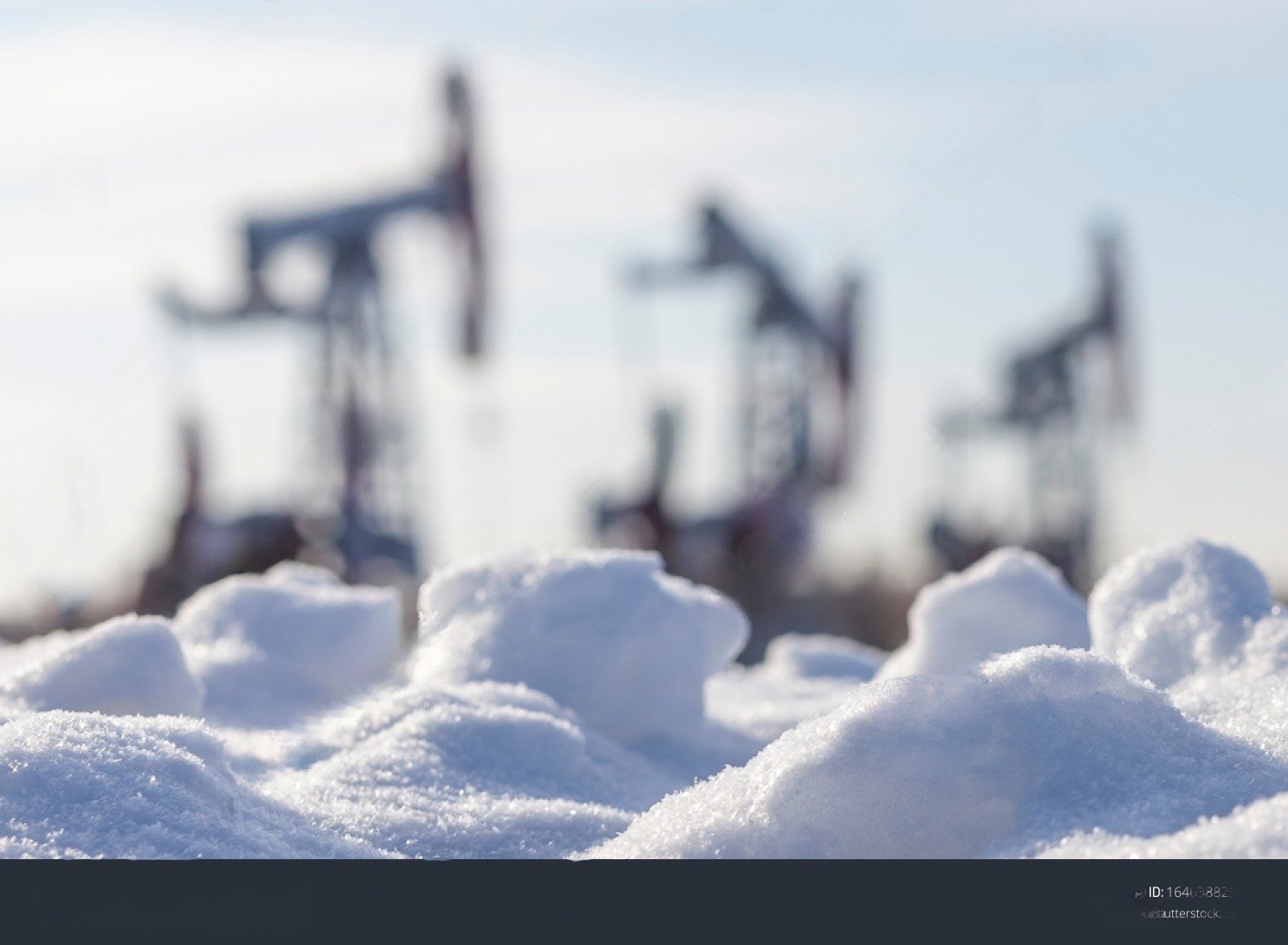valves and controls
Control Valves
Manage the flow rate of fluids and gases based on process conditions.
Check Valves
Ensure one-way flow, preventing backflow in pipelines.
Gate Valves
Commonly used for on/off control in high-pressure applications.
Safety Relief Valves
Automatically release excess pressure to prevent equipment damage.
Ball Valves
Versatile valves suitable for various applications with quick shut-off capabilities.
Pressure and Temperature Controls
Monitoring and regulating pressure and temperature within systems.
The popularity of specific valves and controls depends on the application, operational requirements, and industry standards for safety and efficiency.
Pipelines and storage tanks.
In the oil and gas industry serve vital roles: 1. **Pipelines:** - **Transportation Pipelines:** Carry crude oil, refined products, or natural gas from production sites to refineries, distribution centers, or consumers. - **Gathering Pipelines:** Collect oil or gas from multiple wells in a specific area and transport it to processing facilities. 2. **Storage Tanks:** - **Crude Oil Storage Tanks:** Store crude oil before it undergoes refining or is transported. - **Refined Product Storage Tanks:** Hold refined products like gasoline or diesel before distribution. - **Natural Gas Storage Tanks:** Store natural gas for later use or distribution. These infrastructure elements are critical for the efficient movement, storage, and distribution of oil and gas products in the industry.
safety pipes.
you are referring to pipes or pipelines designed for safety-related purposes in the oil and gas industry, there are certain safety considerations in pipeline design and construction. These include: 1. **Leak Detection Systems:** Utilizing technologies to promptly identify and locate any leaks in the pipeline. 2. **Emergency Shutdown Systems:** Implementing mechanisms to quickly shut down the pipeline in case of emergencies. 3. **Cathodic Protection:** Employing methods to prevent corrosion on pipelines, enhancing their safety and longevity. 4. **Pressure Relief Systems:** Incorporating features to manage and release excess pressure to prevent potential hazards. While safety measures are integrated into pipeline systems, the term "safety pipes" might not be a standard industry term. It's essential to follow safety standards and regulations to ensure the secure operation of pipelines in the oil and gas sector.
Pumps and compressors
Pumps and compressors in the oil and gas industry are crucial for various purposes, including: 1. **Lift Pumps:** Raise oil or gas to the surface from the wellbore. 2. **Injection Pumps:** Inject chemicals, water, or gas into the reservoir for enhanced oil recovery. 3. **Centrifugal Pumps:** Transport fluids within processing facilities. 4. **Reciprocating Compressors:** Increase the pressure of natural gas for transportation through pipelines. 5. **Gas Lift Compressors:** Inject gas into the well to facilitate the lifting of oil to the surface. These pumps and compressors play essential roles in extraction, transportation, and processing operations within the oil and gas industry. The specific usage depends on the stage of production and the requirements of the operation.










